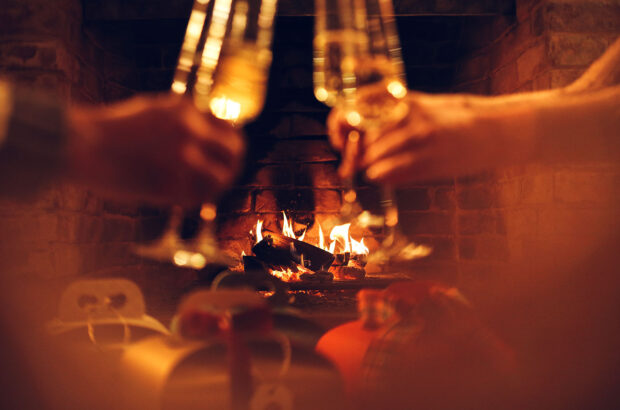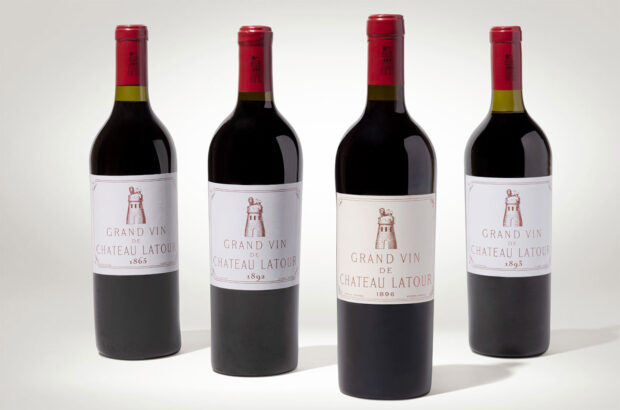Laurent Ponsot and Domaine de la Romanee-Conti's Aubert de Villaine have told jurors in the trial of alleged wine fraudster Rudy Kurniawan of their shock at seeing wines supposedly from their own estates that should not have existed.
Defendant Rudy Kurniawan in court, studying a map of Burgundy (Image credit: Elizabeth Williams)
State prosecutors called on both Ponsot and de Villaine to give their opinions on various wines presented to court and also to talk about their first-hand experiences of dealing with Kurniawan, who is charged with selling and attempting to sell around US$1.3m-worth of counterfeit wine.
Up first, Ponsot described how he became concerned in April 2008, when he received an email from a friend about bottles of Clos Saint-Denis 1945 from his family’s estate that were imminently up for auction in New York.
‘The Clos Saint-Denis is an appellation that we started in 1982,’ he told jurors. When shown bottles of Clos Saint-Denis from previous decades, including from the 1959 and 1962 vintages, he added, ‘this cannot exist. It’s obvious.’
After hearing of the auction, Ponsot said he jumped straight on a plane, arrived at the sale ten minutes after it started, and persuaded the auction house, Acker Merrall & Condit, to withdraw the wines – which it did.
In what was the third straight day of evidence for the prosecution, he also testified that a 1949 Clos de la Roche label was fake, but he said ‘it’s very close’.
After the 2008 auction, Ponsot said he started an investigation of his own. He met Kurniawan in person on a number of occasions. On one occasion, at dinner, he said Kurniawan presented at least one wine that Ponsot said he knew was fake.
The defendant said that he was getting a lot of wines from Asia, the court heard. When questioned over dinner, he said he was himself unsure of the wine’s authenticity and wanted Ponsot’s opinion.
‘It’s dirtying the spirit of the appellations of Burgundy,’ said Ponsot, on his motivation for investigating the situation.
Following him in court, DRC proprietor Aubert de Villaine gave more evidence in favour of the prosecution. When presented with a series of labels purportedly for his renowned Burgundy estate, he told jurors, ‘those are labels printed by a printer. But they have never been our labels. And they are not, they are a fantasy. They are not our labels.’
After de Villaine, Christophe Roumier, of Domaine Roumier, took to the witness stand and was presented with a label for Bonne-Mares 1923. He replied, ‘In 1923, my grandfather was not established yet. He couldn’t have known that he one day would purchase this vineyard.’
A bespectacled Kurniawan could be seen in court, hand on chin, studying a map of Burgundy on a screen.
His defence team will shortly get the chance to present its riposte to the state prosecutors in full. During cross-examination yesterday, defence lawyers again drew attention to reports of the sheer volume of counterfeits on the fine wine market – in particular, referencing Ponsot’s own statement that up to 80% of wine supposedly available from some of Burgundy’s top names might, in fact, be counterfeit.
Ponsot stood by the claim in court. The defence also pointed out that Domaine Ponsot only started using serial numbers on its wines in 2007.
Written by Chris Mercer







